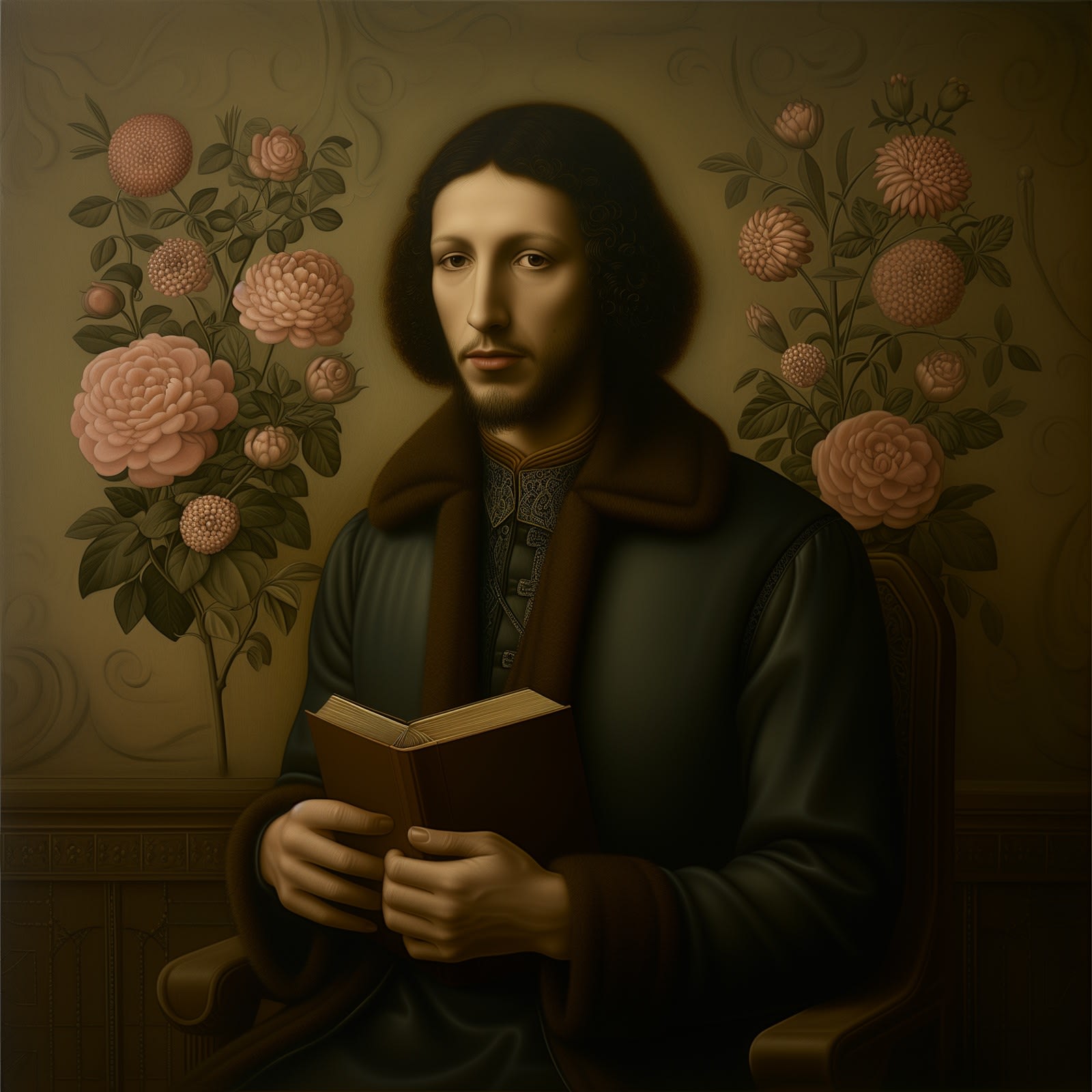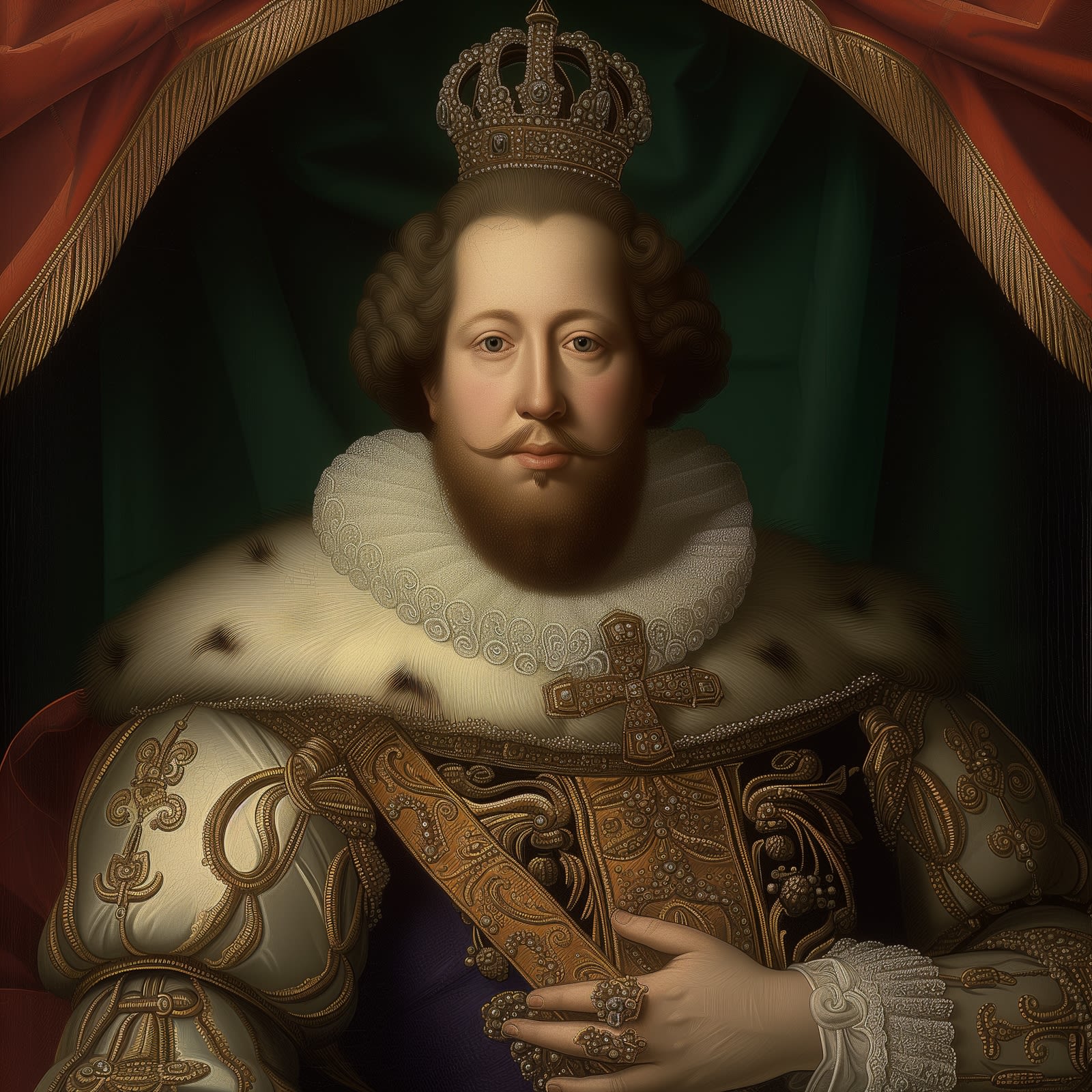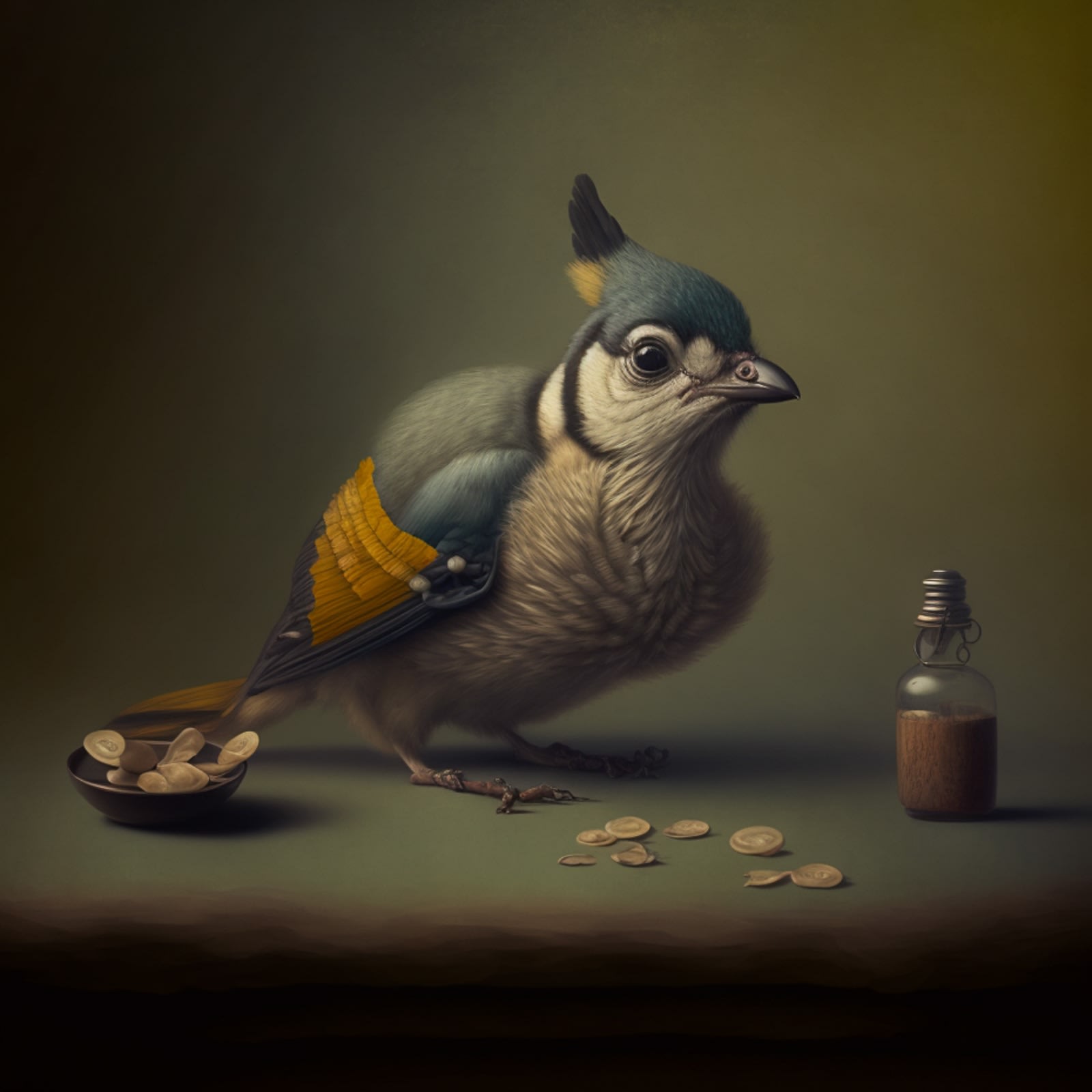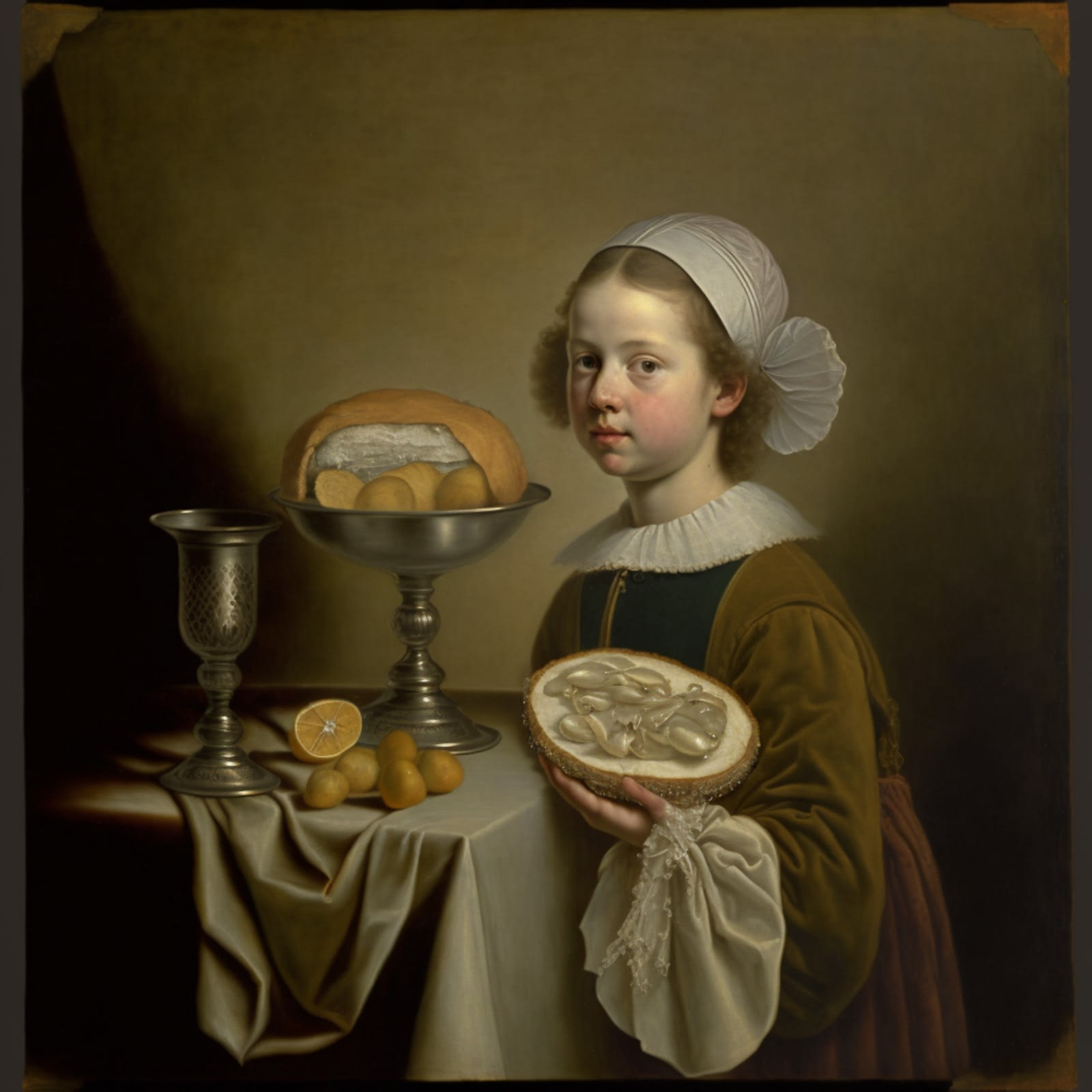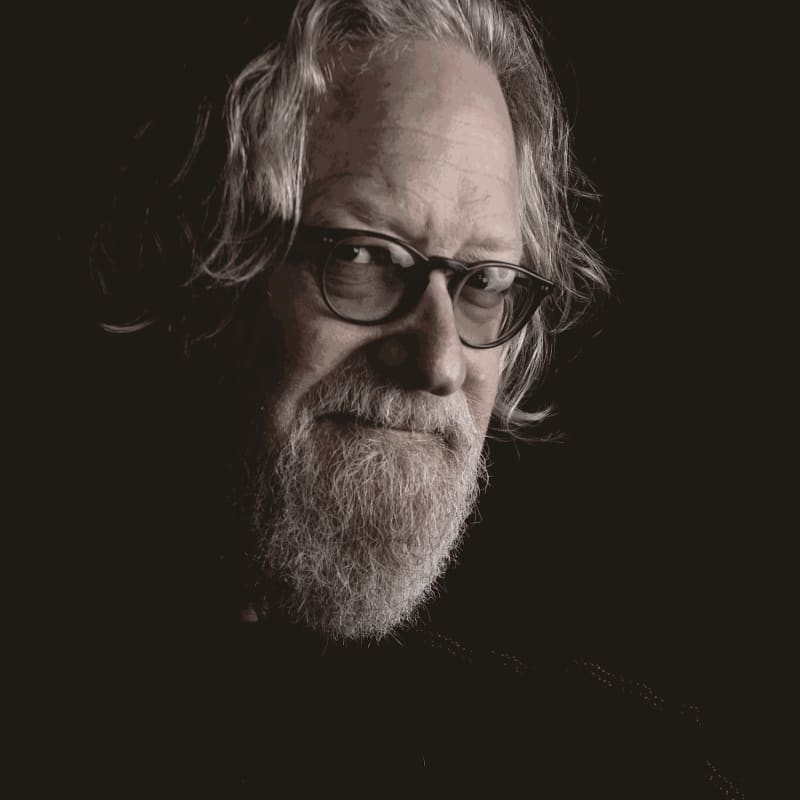Jeremiah Chechik
"Chechik’s real concern is how, if at all, we can truly know anything. In every case, his work argues, perception precedes seeing; what any visual subject—will mean to us is predetermined by the conceptual lens through which we consciously, or unconsciously, regard them."
– Richard Vine
"In his book New Media in Late 20th-Century Art, Michael Rush notes: 'In painting or sculpture, it is the concepts and uses of materials that change in the art. With technology-based art, the medium itself radically changes when the technology changes.'
The period between the 14th and 17th century was a dazzling eruption of technology. The Flemish painters were the modern equivalent of our early adopters. The resurgence of oil based paints became the leading technological edge that opened the door to major innovations of color blending and layered glazing. As the oils dried slowly, mixing the paint on the canvas created brand new aesthetics. With these artists, we see a more nuanced level of realism, enabled in part, by advances in weaving technology which led to the widespread use of canvas.
Artists pushed the technology. They wanted to represent the world more realistically, embracing the delicacy of light, color and shadow. Oil paint became a scientific study, yielding a significant expansion of the available range of colors. The adoption of these new materials along with advances in optics, the skilled Flemish Painters developed their distinctive style exploring perspective in new and exciting ways.
This fertile period ushered in great innovations in art, science and technology, leading to new forms of expression and thought - ie: the birth of the Renaissance. The Flemish Painters (Primitives), were as much technologists as they were artists.
The collection embraces the influence and aesthetic of those artists. These are created using our modern tools and technologies. AI, digital manipulation, fine color adjustments are integrated with UV printing on canvas. The works are glazed with traditional oils. The intention is to connect the work across time, through technological innovations using traditional and non traditional techniques.
PRIMITIVES draws this connection between disruptive technologies then and now to link the creative impulse across time."
JC 2024
"Jeremiah Chechik, the works displayed here attest, is obsessed with the porous boundary between fact and fiction. Perhaps that’s because his professional biography is itself something of a contemporary fairytale...While others might have been distracted by such glamour, Chechik has always focused on the deeper implications of his craft, treating storytelling as a cultural template and image-making as an epistemological tool."
--Richard Vine
Jeremiah Chechik was born in Montreal, Canada, and grew up surrounded by books, homemade radios, and every issue of Popular Mechanics and Popular Science ever published. He received a scholarship to McGill University in physics but at the last moment shifted his major to arts. He directed plays, studied with John Grierson, the father of British and Canadian documentary film, and later became his assistant. After graduating, Chechik moved to Toronto, worked as a master printmaker for the rare books library at University of Toronto, and experimented with the integration of photographic processes with stone lithography, photogravure, and laser holography. His first solo show was at the legendary A-Space Gallery in Toronto in 1976.
Chechik's photographs caught the eye of advertising executives and fashion magazine editors, which led him to Milan where he worked as a fashion photographer for Italian Vogue. Soon he moved to New York and began a meteoric rise as a director of groundbreaking and award winning commercials. Even as he worked in commercial filmmaking, he kept a focus on writing, science, design, and above all, photography, his personal medium of expression as an artist.
Chechik's film career includes directing Christmas Vacation, Benny and Joon, and Diabolique, as well as producing The Bronx Is Burning and, most recently, Reginald the Vampire. Meanwhile, his photographic work evolved technically and aesthetically, as he explored new ways of creating and presenting imagery that in his words "moves the conversation and language of the photographic image forward."
In 2016 Chechik began experimenting with gaming technology, leading to a body of work called Virtual Street Photography. In 2019 he exhibited large plate glass imagery of surreal landscapes in a solo exhibition at the Show Gallery, Los Angeles, followed by a major solo show at the Museum of Architecture and Design in Buenos Aires. In 2020 his digital animated work was exhibited at Bright Moments Gallery in Venice Beach, California, where he resides. Recent shows include group shows, Outer Orbit/Out of Orbit, March 2023, and Wings of Desire Sept 2023 at Lichtundfire Gallery in New York, and 3 Artists at Yiwei Gallery at Shanghai Photo. Examples of his digital work will appear at the Venice Biennale in 2024, as part of an exhibition organized by the international digital arts organization Bright Moments.
